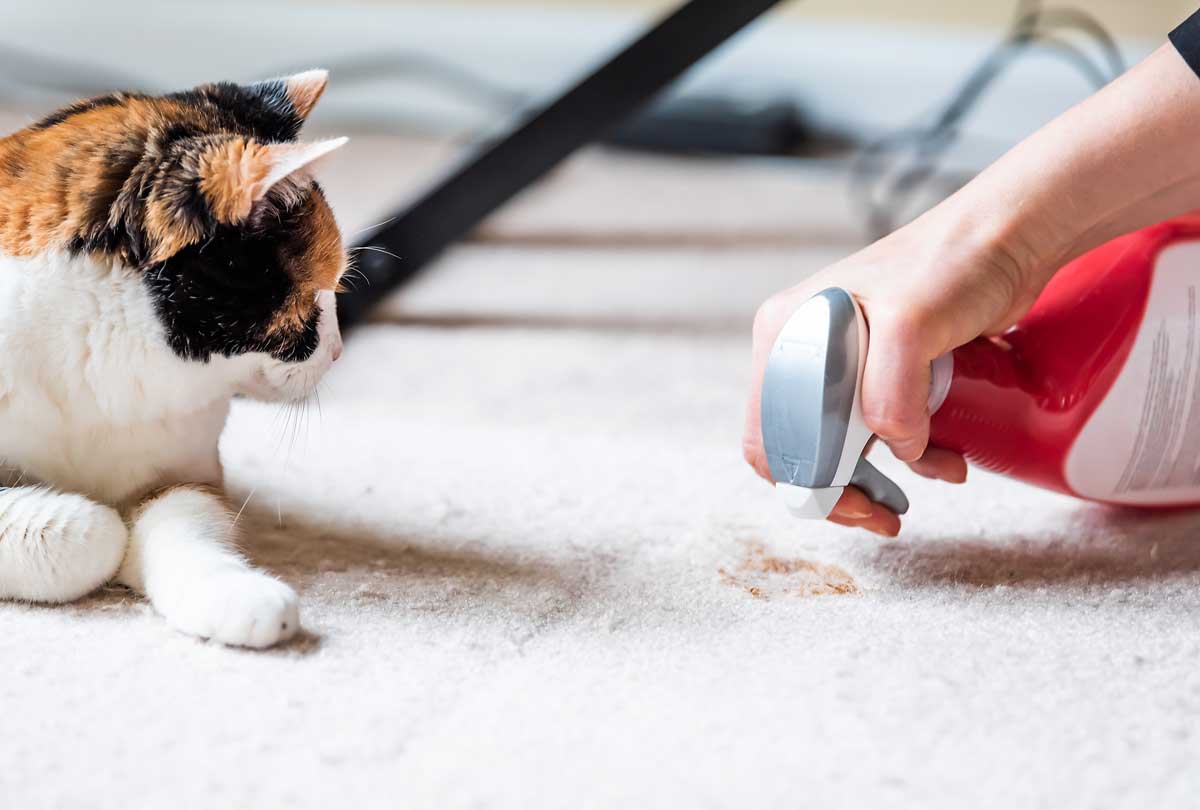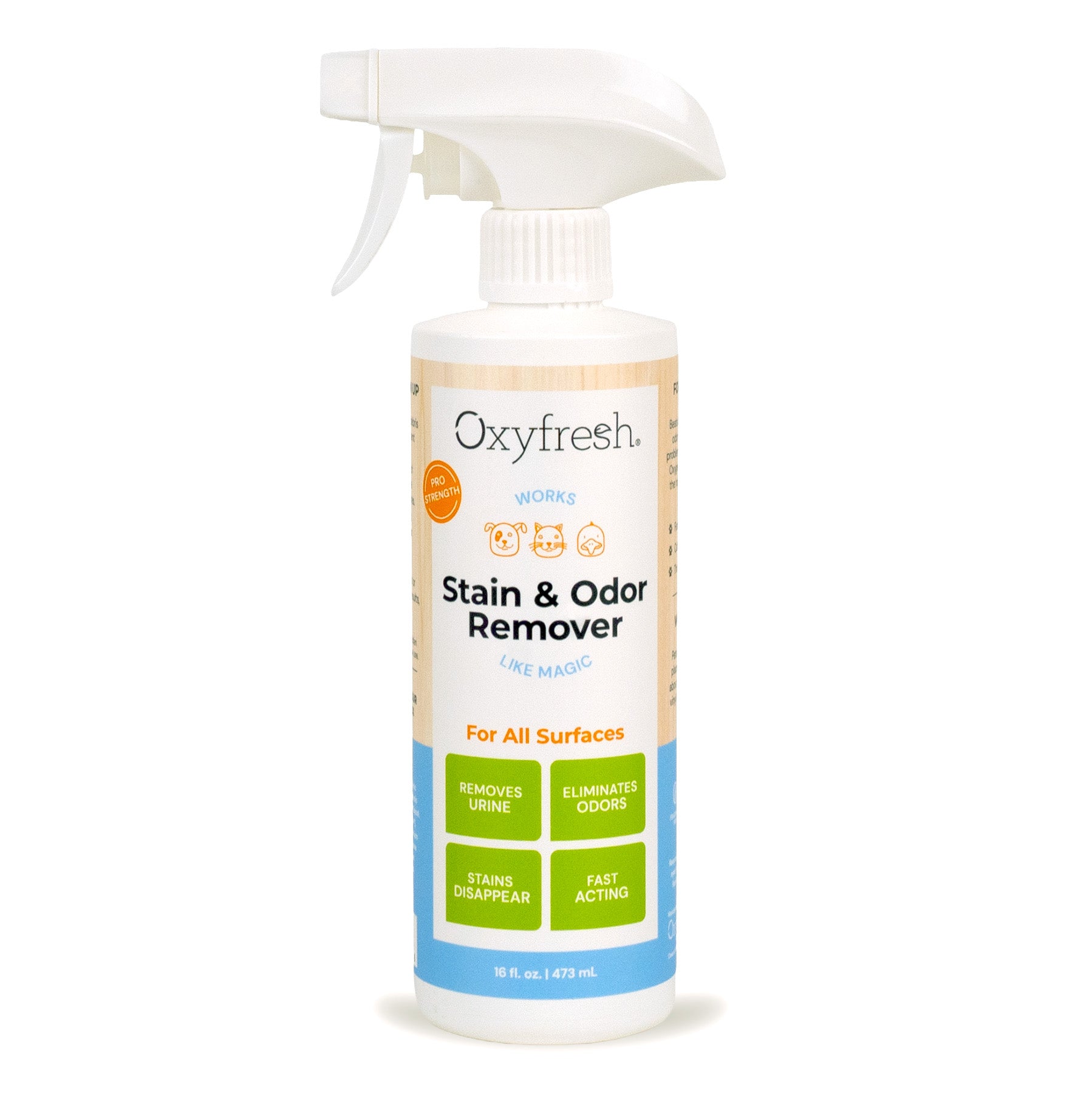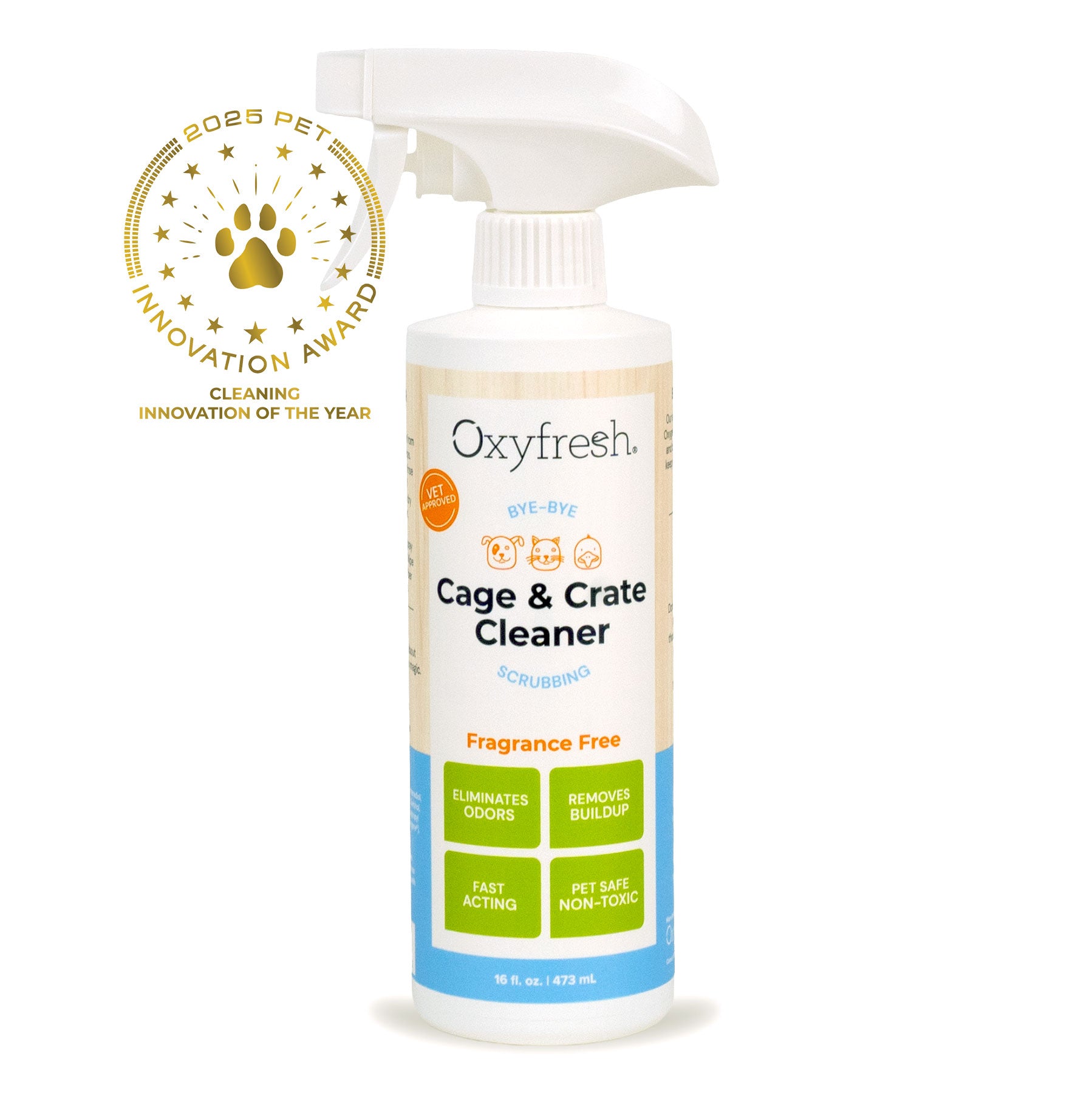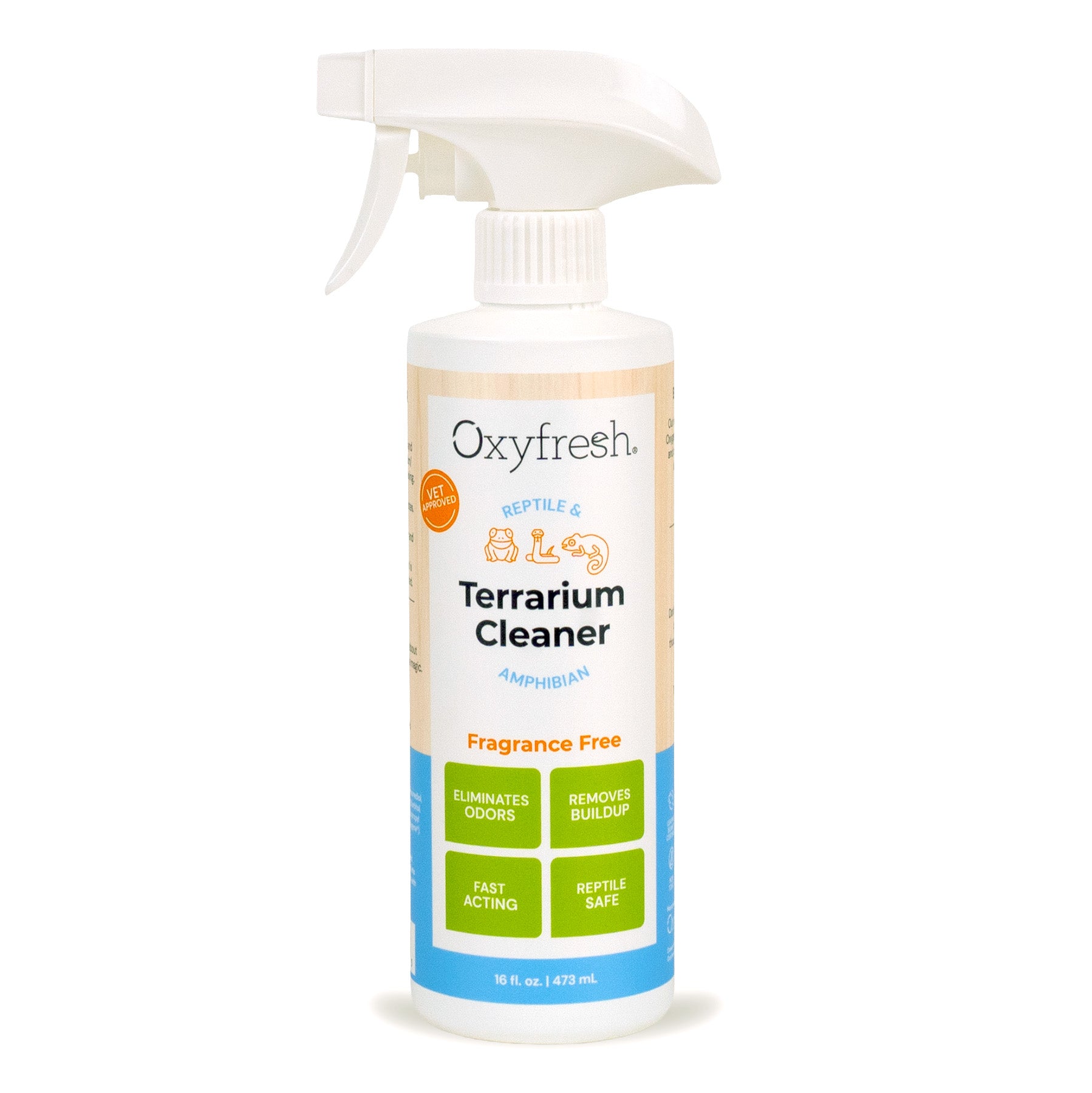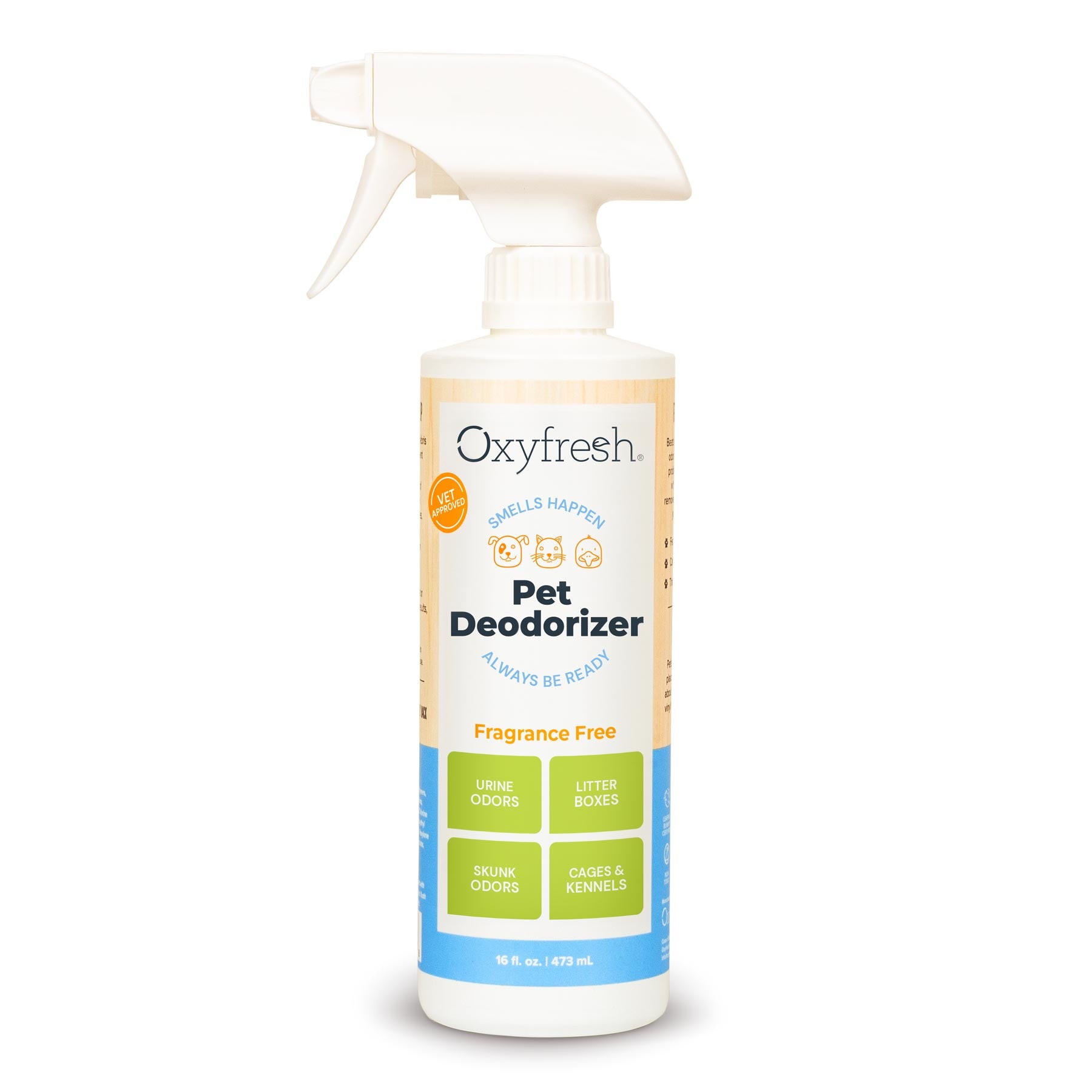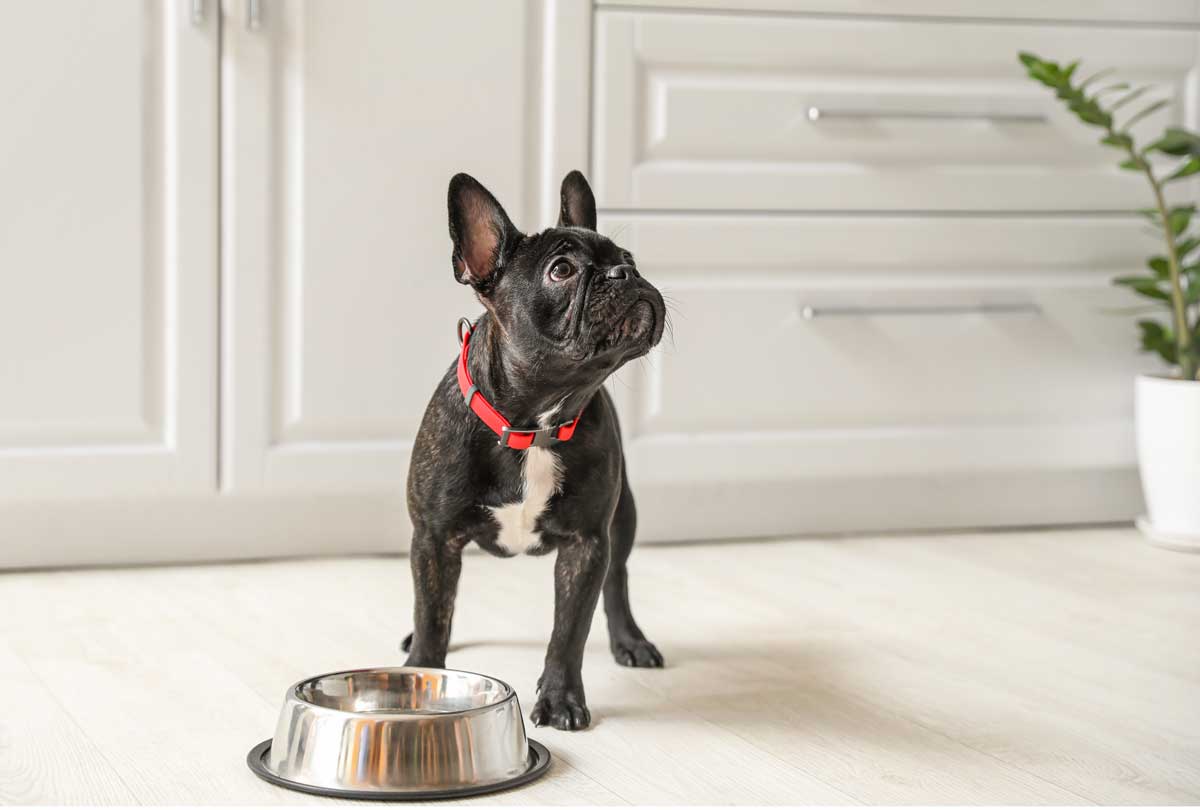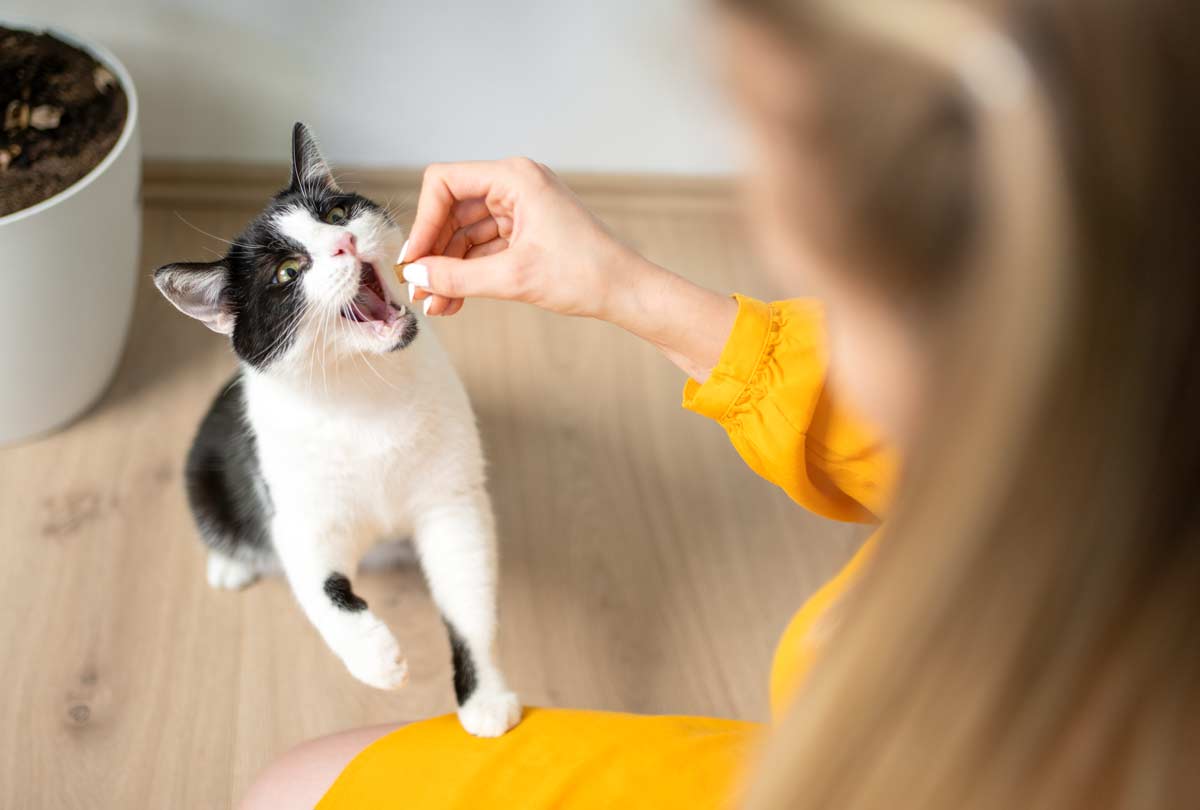From litter box odors to wet-dog smell and (eww) don’t even get us started on the downstairs carpet, the battle with stinky odors is never ending for pet parents.
But before you reach for a plug-in air freshener, scented candle, or pet deodorizer, it pays to do your homework (and keep it away from the dog) to ensure that what you’re putting into the air isn’t harmful to pets ... or anyone else in your pack.
Do Air Fresheners Really Improve Air Quality?
We hate to break it to you, but most air fresheners are NOT removing odors from the air ... they’re simply covering them up with a stronger scent. (We’ve all walked into public restrooms where nasty smells are mixed with floral notes – yuck!)
While we may think of home as our happy place, the air inside the average home is actually pretty sad ... two to five times more polluted than the outdoor air, according to air quality research by the U.S. Environmental Protection Agency. One of the big offenders for indoor air pollution? Air freshener chemicals!
Chemicals in Air Fresheners
Researchers have found that air fresheners often contain these chemicals, which can have toxic effects on people and pets:
- Volatile Organic Compounds (VOCs)
- Benzene
- Formaldehyde
- Toluene
- Xylene
- Phthalates
Health issues can occur directly from the chemicals in air fresheners as well as their secondary pollutants, which form when the product’s chemicals combine with ozone in the air. These secondary pollutants include:
- Formaldehyde
- Acetaldehyde
- Acetone
- Picric Acid
- Methyl vinyl ketone
The danger with exposure isn’t just via the air. When toxic deodorizers are sprayed around the home, pets could step or roll in those areas and then consume the nasty chemicals when they lick their paws or fur.
Signs Your Pet Is Having a Negative Reaction to Air Fresheners
- Withdrawal from the room where the deodorizer was used
- Coughing
- Sneezing
- Discharge from the eyes or nose
- Lethargy
- Decrease in appetite
- Vomiting or diarrhea
- Drooling
If you think your pet has ingested liquid potpourri or essential oils, it's important to get them to the vet right away.
Shh. Why Are the Dangers of Air Fresheners Kept a Secret?
There are many hidden hazards of air fresheners. We say hidden because companies can literally hide many of the ingredients in their air fresheners. In fact, an article in Science Direct reported that fewer than 10% of air freshener ingredients are typically disclosed to the public.
Gulp. What’s the other 90%?
The reason companies don’t have to list their chemicals on the label is because fragrances fall under U.S. trade secret law. There are over 3,000 chemicals used to create fragrances, many of them toxic, and the average scent contains 29 of them!
Scents Are a Big Deal to Pets
Have you ever walked into a room and thought, "Wowww ... someone was WAY too heavy-handed with the cologne." Well, if a smell is strong to us, it’s even stronger to our furry friends. A dog’s sense of smell is 40 times better than ours, and a cat’s sense of smell is 14 times better than ours.
Keep in mind, even though a cat’s sense of smell is not as powerful as a dog’s, they are usually more sensitive to the toxic effects of fragrances.
The problem with fragrances is most are made synthetically with a cocktail of chemicals to create the smell listed on the front of the label. (What does a mountain breeze smell like anyway?!)
Remember – these chemicals are not disclosed because they’re protected as a trade secret. That’s why, if you just see the word "fragrance" on a label with no other explanation (phthalate-free, derived from natural essential oils, etc.), you will want to avoid the product whether you have pets in the home or not.
Questionable Ingredients Found in Fragranced Air Fresheners
- Volatile Organic Compounds (VOCs): A VOC is a type of chemical that easily turns into a vapor or gas at room temperature. In a volatile emissions study of 37 fragranced products, including air fresheners, the average product emitted 15 VOCs. Approximately 25% of those VOCs were classified as potentially toxic or hazardous under federal U.S. law, and all air fresheners tested emitted one or more of those compounds.
- 1,4-Diclorobenzene: This VOC can reach toxic levels in poorly ventilated spaces. It can irritate the eyes and respiratory tract and is particularly concerning when used around kids and pets.
- Acetaldehyde: Linked to eye irritation and nose and throat irritation.
- Benzene: This colorless liquid is highly toxic and a known carcinogen.
- Formaldehyde: Classified as a probable human carcinogen, its short-term effects include watery eyes; burning sensation of the eyes, nose, and throat; wheezing; coughing; and nausea. Long-term, there are concerns about formaldehyde causing cancer.
- Parabens: These man-made preservatives are associated with endocrine disruption, itchy skin and reproduction problems.
- Phthalates: These chemicals are linked to endocrine disruption, such as harm to the female reproductive system, birth defects, and lower sperm counts.
- Styrene: This compound is a possible carcinogen, as well as a neurotoxin that accumulates in fatty tissue.
- Toluene: This clear, colorless liquid can cause tiredness, confusion, weakness, memory loss, drunken-type actions and more.
- Xylene: Exposure to this compound can cause headaches, dizziness, confusion and evenimpaired short-term memory.
Can You Make Your Own Pet-Safe Deodorizer?
Don’t want to deal with the drama of reading labels? Well, if you’ll be spending the day at home, curled up with your pet and a good book (and by book we mean screens :wink:), you could embrace your inner DIY guru and make a stovetop simmer, also known as stovetop potpourri. Not only will your house smell amazing, but it’s a great way to use up fruit that may otherwise go to waste.
Keep in mind, some ingredients in traditional stovetop simmers like cinnamon, whole clove, pine and thyme can be irritating to pets, so we’re giving you a bare-bones pet-safe recipe here:
- Peel from 1-2 citrus fruits (some cats don’t like the smell of citrus, and if you suspect your cat is one of them, use vanilla instead)
- 1-2 sprigs of fresh rosemary
Cover the ingredients with water, bring to a boil, and then turn the stove to simmer. Check the pot every two hours to see if you need to add more water.
Got a cat who loves countertops? If you’re not comfortable leaving a pot simmering on the stove all day with your curious kitty roaming around, use your crockpot instead and just leave the lid cracked. You’ll still get the smell of the liquid without the worries of your cat getting too close. Win-win!
Are Other Air Freshener Products Safe for Cats & Dogs?
Plug-In Air Fresheners
Many people swear by the convenience of plug-ins, but these potent air freshening tools are arguably the worst option when you have pets. Not only do they have a cocktail of chemicals, but they’re even more toxic to pets because they’re located right at the pet’s nose level. This is a no-go for pets’ respiratory systems.
Scented Candles
Candle use with pets in the home makes us a little nervous as is. That’s because pets start around 500 fires in homes each year (er, unintentionally – we’re not talking about a pack of puppy arsonists). Most of these fires are from accidentally knocking over candles.
Additionally, many candles that you find at popular stores are made with paraffin wax, which is derived from petroleum, coal or oil shale ... ingredients that are bad for both people and pets.
Pile on all the synthetic fragrances in candles and you’re really polluting your indoor air with toxic junk. If you can’t give up your candle habit, look for soy-, coconut- or beeswax-based candles, as well as untreated cotton and wooden wicks. Curious to know more? Check out these 10 pet-safe candles.
Dry Potpourri
The scent of dry potpourri can be highly irritating to pets’ sensitive noses. Ingredients in dry potpourri like pine can be toxic to pets, and even nonpoisonous floral potpourri ingredients can cause gastrointestinal distress if your pets were to eat some of it. Additionally, if there are mini pinecones or bark chips in the mix, they could get lodged in your pet’s throat.
Do We Need to "Diffuse" the Essential Oil Craze?
Many people are under the impression that essential oils are totally safe to use around dogs and cats ... they do come from nature, after all!
But the truth is, they can oftentimes be too strong to use around pets. Essential oils are up to 30 times more potent than herbs. (E.g. 1 drop of peppermint oil = 30 c. of peppermint tea.)
Inhaling essential oils can cause respiratory issues in dogs and cats and worsen existing asthma symptoms. Improper use of essential oils can also cause changes in the pet’s behavior or lead to central nervous system problems.
If you want to use essential oils in your home, talk to the vet first and be choosy about which oils you diffuse, as certain essential oils are toxic to dogs and cats.
Carefully Diffuse, Or Your Pet Could Lose
Follow these tips to make sure you're using your essential oil diffuser responsibly with pets in the home.
- Don’t run your essential oil diffuser right near your pet’s bed or favorite hang-out spot.
- Don’t put your diffuser in areas where the pet could knock it over and lick the water.
- Stick to the one-hour rule ... run the diffuser one hour in the morning, and one hour at night. That’s plenty of time to fight odors without putting a bunch of oil-infused water droplets into the air that the pets could inhale or lick off their coats.
- Remember to check to make sure the essential oils you're diffusing are safe for your pets ... dogs and cats are a bit different when it comes to what essential oils they can be around.
What About Essential Oils in Store-Bought Air Fresheners?
While air fresheners with essential oils are generally better than those with synthetic fragrances, they can still be irritating to pets because of how strong the scents are. A good rule is to look for products that are free of fragrances if you have pets in the home.
Best Air Freshener That's Safe for Dogs & Cats
The pet-safe air freshener used in vet offices, at pet grooming businesses, and in homes around the world is Oxyfresh Pet Deodorizer. Rather than MASK odors with toxic fragrances, Oxyfresh Pet Deodorizer eliminates them completely, right at the source, courtesy of its proprietary ingredient Oxygene®.
Oxygene® uses the natural and gentle process of oxidation to steal the electrons from stinky odor molecules and render them inactive. Too sciency? Think of it this way: it makes the odor disappear! There are no byproducts produced in this process, so you never have to worry about secondary pollutants.
Oxygene® is a proprietary form of stabilized chlorine dioxide. Don’t let the word "chlorine" turn you off ... it’s not the same stuff you dump in pools. In fact, chlorine dioxide is used as a powerful purifier to disinfect public drinking water systems and rid them of harmful fungi, bacteria and viruses. In this deodorizer, it has the same purifying effect on nasty odors. No other pet deodorizer has it!
Best of all, Oxyfresh Pet Deodorizer is 100% fragrance free, non-toxic, and so safe and gentle, it can even be sprayed directly on pets when there’s no time for a bath! It’s free of phthalates, parabens, formaldehyde and all the other nasties you don’t want in your pet deodorizer.
Spray anywhere pet odors are a problem:
- Litter boxes
- Carpets
- Cages
- Couch
- Garbage Cans
Oxyfresh is the air freshener that's safe for dogs, cats, birds, gerbils and any other critters you have in your home, so you can always breathe easy as you keep those stinky pet odors away!

